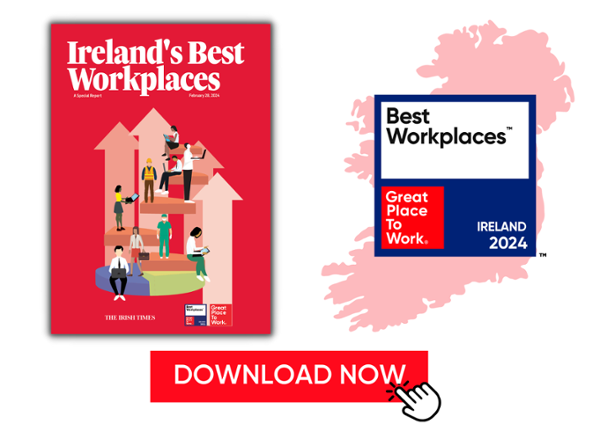Employee recognition need not come solely from leadership, a meaningful peer to peer recognition programme is an effective means to ensure a job well done never goes unappreciated. Whether you’re looking to increase the visibility of your values, foster employee engagement, or simply encourage thanking amongst your employees, this is a valuable initiative for any organisation looking to develop their organisational culture.
Following the steps below will get you on track for launching your own peer-to-peer recognition programme.
Step 1: Determine your Categories
The first thing to consider is what will form the basis for recognition. Organisational values are frequently featured and effective categories, so these would be excellent inclusions. If your organisation doesn’t have values in place, survey your employees or hold focus groups to develop 4-6 things they feel contribute to a positive and productive working environment.
Examples could include:
- Customer-focused
- Innovation
- Supportive
- Development
Step 2: Draw Out Associated Behaviours
Now that you have your categories, the next step is to determine what kinds of observable behaviours represent these areas best. An example of each is provided below, but you will likely find more than one behaviour that comes to mind.
Examples could include:
- Customer-focused: went above and beyond to deliver for a client
- Innovation: Developed a new procedure that saved the business money
- Supportive: Helped a struggling colleague complete a difficult task
- Development: Completed qualification in addition to standard duties
Step 3: Ensure Visibility
Decide where your programme will be visible - where will staff go to nominate their peers? A dedicated email address, physical box, practice champion, intranet or internal communications platform are all good options. The key is to ensure that the place where nominations can be given is easily found and consistently visible.
You will also need to determine where the awardees are visible and what these will look like. Common placements include newsletters, shout outs at meetings, noticeboards, email, internal communications platforms, and intranet. In terms of design, there is plenty of room for creativity, but the post should always convey why the individual was nominated.

Step 4: Decide on Incentives
What does the individual who is nominated receive? The reward need not necessarily be monetary in nature, but this is sometimes the case. The incentive could be social in nature, with the recognition received being sufficient, how you promote this through the channels discussed above will be crucial here.
Another option is token rewards, something symbolic and fun like a trophy or sweets. You could also consider a points-based system, where a set number of awards per year results in a prize. Consider what resources are available to you and work from there.
Step 5: Engage
At this stage, you know what behaviours you want to have recognised, where nominations can be given, where your programme and awardees will be visible and what the prizes, if any, will be.
You are almost ready to launch your programme, you just need to communicate your intention to do so and why you feel this will benefit the culture. Some things to consider when doing so:
- Develop a multi-channel internal communication campaign to jumpstart your programme. More visibility increases the odds of engagement.
- It is particularly effective when leaders are involved in the roll-out, as this creates a sense of legitimacy amongst the group.
- Offer the context on what you hope to achieve and why you think this is good for the organisation.
- Inform your colleagues precisely how theprogramme works, where to find it and what the benefits of participation are.

So, there you have it, five simple steps to develop your own peer-to-peer recognition programme. Simply put, the intention is to encourage and recognise behaviours that contribute to the success of the group and the organisation, and it really is an effective tool for doing just that. It is worth keeping in mind that engagement may be low at the start but keep promoting the initiative and it will pick up momentum.
More resources on this topic:

About Great Place to Work®
Great Place to Work® is the global authority on workplace culture. We help organisations quantify their culture and produce better business results by creating a high-trust work experience for all employees. We recognise Great Place to Work-Certified™ companies and the Best Workplaces™ in more than 60 countries.
To join the thousands of companies that have committed to building high-trust company cultures that help them attract, retain and take care of their people, contact us about getting Certified™ today.
